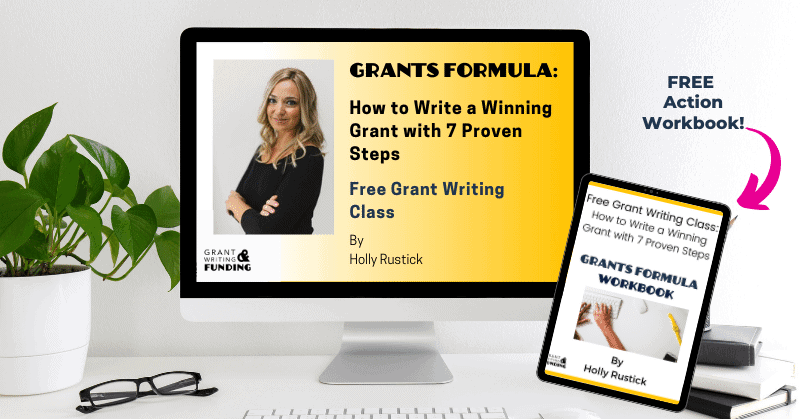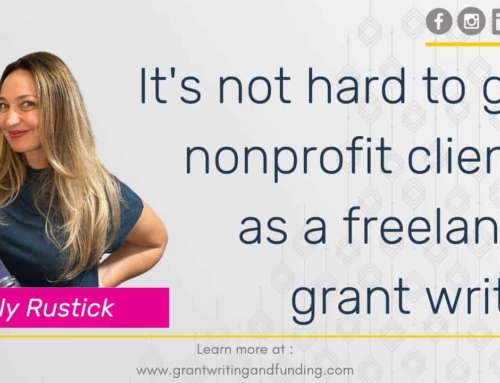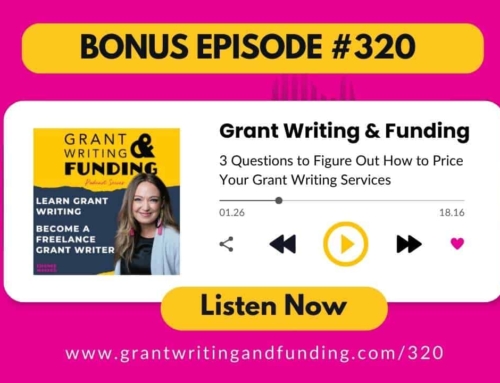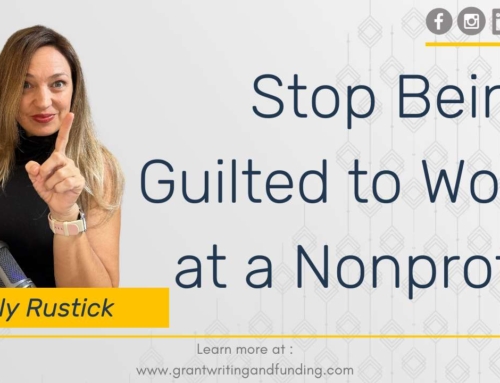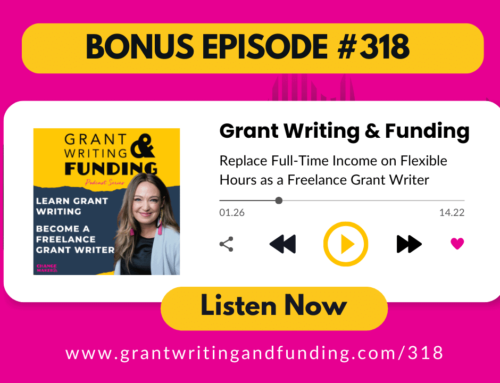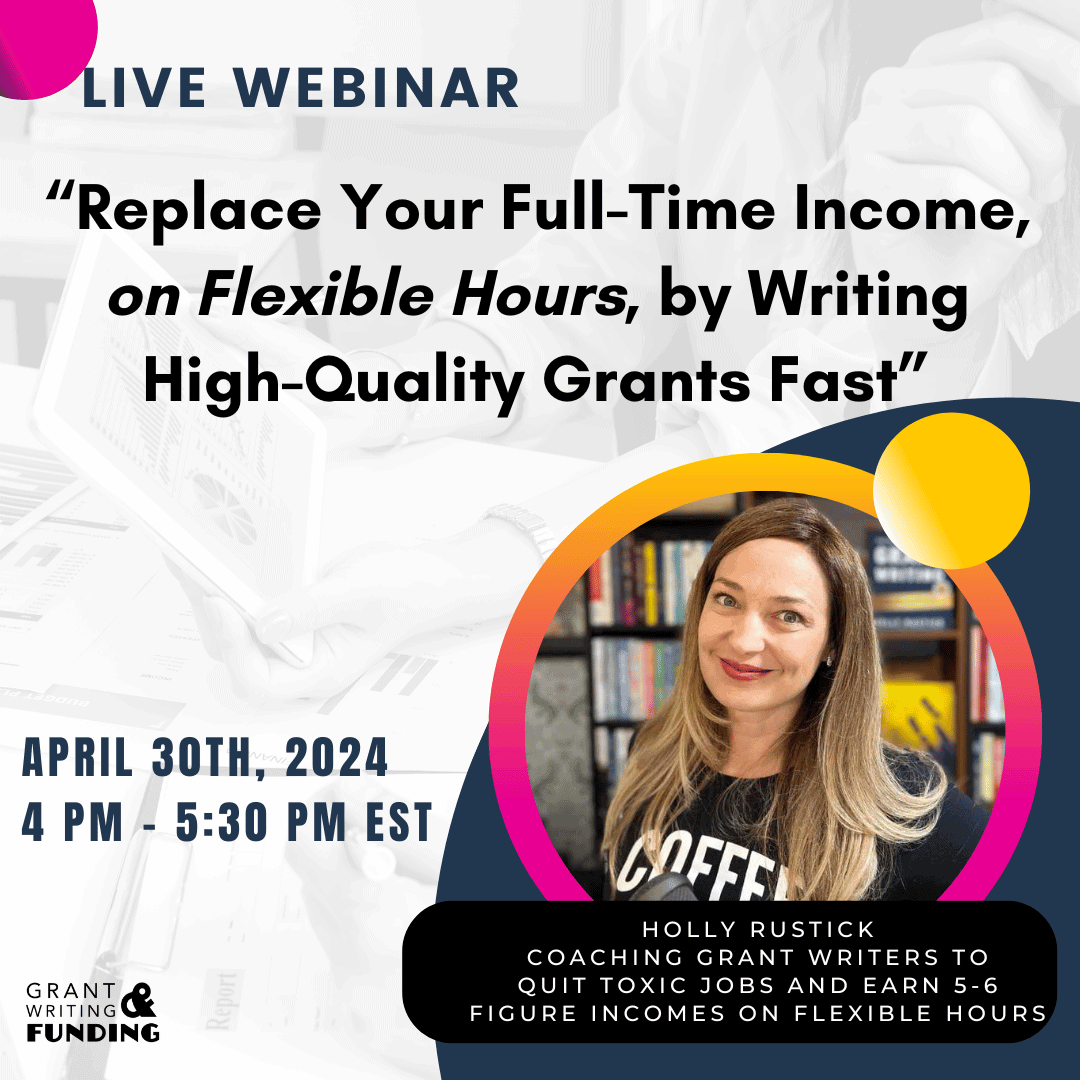Reviewing Wins and Challenges for Your Grant Writing Business or Nonprofit
Nonprofit Strategic Planning: Reviewing Wins & Challenges
You’ve started your organizational strategic planning, now you are ready to evaluate last year and move into planning for this year. If you haven’t, no worries, just go ahead and listen to episode #15 on Grant Writing & Funding. Or better yet, click here to get the free downloadable to set yourself up for 2018.
You may be at the point where you have completed your “Why” reviewed your organization’s mission and vision statements, conducted a S.W.O.T. analysis, outlined your agenda, and now you are ready to review last year and get going on this year. But how do you do this without it turning into a griping session about all the failures or only celebrating the wins and dismissing any lessons to be learned? Today’s article and podcast will discuss how to conduct the best evaluation.
If you are like most nonprofits, you will not do the above and will do the ho-hum stuff that you did last year, and the year before, and the year before that. Why? Because you feel drained of energy just thinking about all that is involved in change.
Your staff knows how to do that same outreach that targets the exact same people every year. But guess what? Taking the time to do this activity will actually give your staff new energy. Actually, coming up with ideas will increase their morale, creativity and sense of purpose. Many people who join nonprofits do it because they are passionate about the cause.
But let’s face it, after years of the ho-hum activities, burned out schedules, and extremely low salaries (it does NOT have to be this way!) they lose their sense of purpose. I say this from the stance of being one of those people and being surrounded by hundreds of those who have shared in this experience. When I see the spark reignite is when they are able to utilize their creativity and skills in optimal ways…and their voices are heard and matter. This activity will be an amazing way to light this fire.
“Prior Proper Planning Prevents Poor Performance.” Brian Tracy
Group
The activity I’ll be speaking about today is great to do as a group. Maybe your nonprofit is just yourself and a small board of directors, at this point in time. That’s fine. Go ahead and conduct this with your group. Maybe your organization is very large with 50+ employees and staff. Then you may want to do this with your executive team and your board of directors. It really depends on the structure of your organization in how you move forward on this activity, but it really should be done as a group, if possible. In this way you will have input from various people with different roles, which will bring to the table well-rounded perspective, solutions and ideas.
For example, the executive director may have thought a function went wonderful as they were mostly interfacing with people at the event, but the administrative assistant who had to coordinate behind the curtain may have experienced logistical nightmares. Therefore, it is important to bring in different people who worked on various elements of programs and functions.
Let’s look at each of these a little bit closer. What worked? Let’s first celebrate the wins instead of the whines. If your organization keeps a calendar, go ahead and take out the previous year’s calendar. All staff or executives may want to take out their day planners and skim through to stimulate their memories. It’s possible that your organization conducts debrief meetings after events or functions (Tip: do this!). If you do, then you can go ahead and take out the minutes from these meetings to review them so you remember the details.
When reviewing, take a moment to consider each of the following (for a downloadable sheet click here).
Wins
- What worked well overall?
- What were some administrative wins?
- What were financial wins?
- What worked well for fundraisers?
- What worked well in communicating with beneficiaries?
- What worked well with serving beneficiaries?
- What worked well with creating and strengthening community partners?
- What worked well with staff and volunteer morale?
- Which event worked the best?
- Why do you think that event worked so well? (i.e. logistics, time of year, external circumstances, etcetera)
Challenges / Lessons Learned
Secondly, let’s look at what bombed. Next on your list is to identify some lessons learned or challenges that were faced in a solution-oriented way.
- What failed big time overall? (i.e. logistics, time of year, external circumstances, etcetera)
- What can you change so this won’t happen again?
- What was the biggest challenge?
- What can you change so this won’t happen again?
- What challenges were there with financial / fundraising?
- What can you change so this won’t happen again?
- Were there any challenges in communicating with beneficiaries?
- What can you change so this won’t happen again?
- Were there challenges with strengthening relationships with partners?
- If so, what were they?
- If so, what could you put into place so this won’t happen again?
- Were new relationships established with partners?
- If no, why not?
- What types of organization can you identify to target this year?
- Was there any staff miscommunication or low staff morale?
- If so, why?
- What were the issues?
- Were there any challenges with events and/or fundraisers?
- If yes, what were the challenges?
- Did you reach your fundraising goals?
Now you’ve got a good look at what worked and didn’t work. By answering the ‘Why’s’ behind ‘why it worked?’ and ‘why it didn’t work?’ will provide you with some great insight about how to improve your nonprofit in 2018. Can you see how creating a group and then asking these questions will really allow you to improve your direction for the upcoming year? This is huge! This simple activity could literally take a couple of hours, but it will save you hundreds of hours during your year and quite possibly help you increase your donations and funding tenfold.
Remember, it is important to do this activity! Don’t think, “Er, well it went okay. So let’s do that same fundraiser this year and do it the same way.” Sure, you might want to do that same fundraiser in the exact same way, but that would be rare.
Once you are done with this activity, keep your notes for the next activity: Identifying Goals, Objectives, and Activities!
Please click here to get the free downloadable to include all these questions.
Let me know any other questions you may have on celebrating wins and finding solutions to challenges.
Okay, but we’re not done yet. Stay tuned for the next podcast!
Warmly,
Holly
To share your thoughts:
Send Holly an email at holly@grantwritingandfunding.
To help out the show:
Leave an honest review on iTunes. Your ratings and reviews really help, and I read all of them!
To learn more and increase your skills:
Click here to check out Holly’s Signature Courses
To pick Holly’s brain:
Click here to book your 1:1 Call with Holly

FREE RESOURCES
Download one of Grant Writing & Funding’s free resources to achieve, advance, & accelerate your funding skills.


